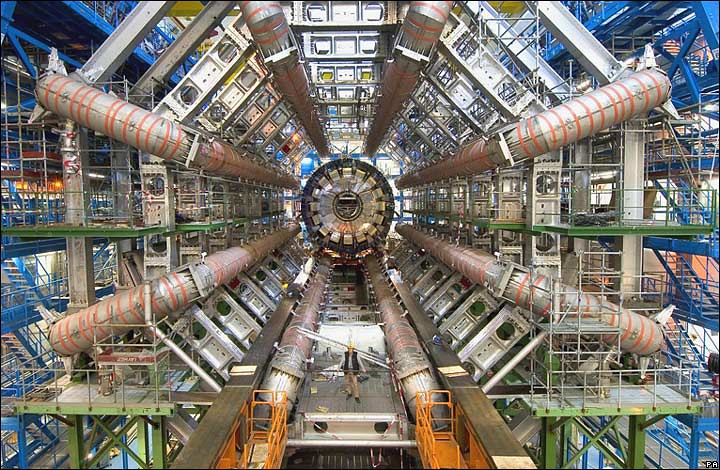
This morning I’ve been having a quick look through some documentation from The Ministry of Education on proposed changes to NCEA Level 1 Science. For those not familiar with the NZ secondary education system, a typical student would complete NCEA level 1 at the end of year 11. In this regard, it’s broadly similiar to […]
Continue reading